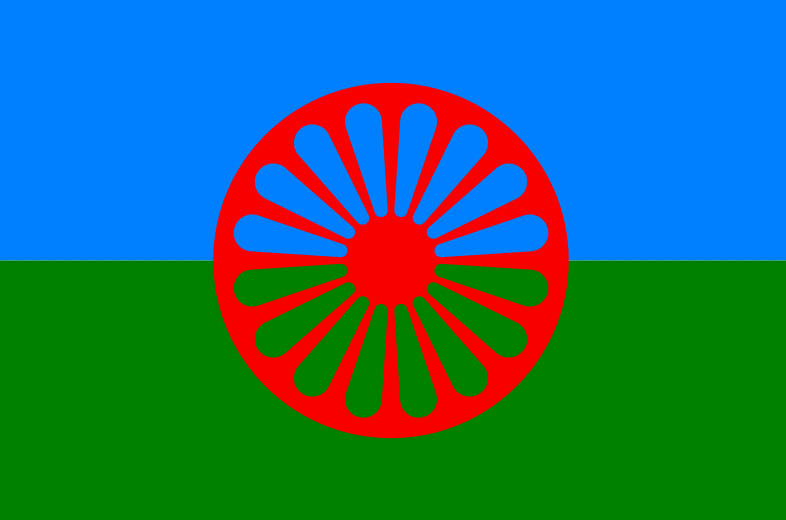A people without borders [editar]
Further information
- Los roma/gitanos en Europa. Un poco de historia (Comisión Europea. En Revista Gitanos, nº29) (in Spanish)
- La situación de los Roma/Gitanos en la Unión Europea ampliada (Comisión Europea. En Revista Gitanos, nº29) (in Spanish)
- LIBRO - A. Gómez Alfaro, Legislación histórica dedicada a los gitanos, Sevilla, Junta de Andalucía, 2009 (in Spanish)
- VIDEO - En Portada. “Los gitanos, europeos sin estado” (RTVE, 2005) (in Spanish)
- Migraciones de los roma/gitanos de Rumanía / Almudena Macías. En revista "Gitanos", nº45-46, oct. 2008 (in Spanish)
- Romani People (Wikipedia)
- History of the Romani People (Wikipedia).



